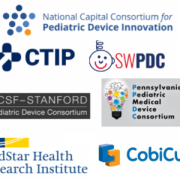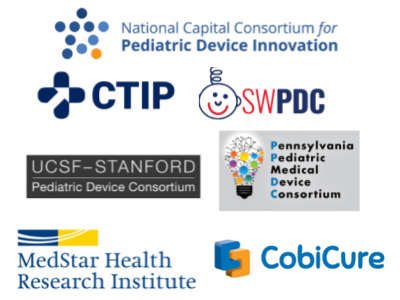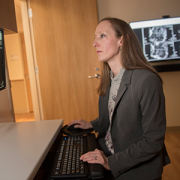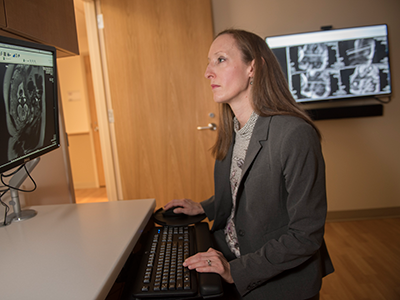Congenital Heart Initiative beat recruitment goals, kicked off patient-engaged studies in year three
The Congenital Heart Initiative (CHI) is celebrating its third year as the first global patient-powered registry for adults with congenital heart disease (CHD). In 2023, the registry surpassed recruitment targets and launched a data intake process to allow researchers from around the world to submit proposals for patient-centered research and programs around the critical questions for adults with CHD who had their hearts repaired in childhood.
What it means
By recruiting over 4,600 participants in all 50 states and 37 countries, the CHI is now the largest patient-powered registry for adults with congenital heart disease. This is the first time researchers and clinicians have been able to access this type of robust data set to help them better understand and address the needs of people with CHD as they continue to age. Even better, the registry’s mechanisms allow for routine feedback and input about priorities directly from the growing patient population.
“Patient-centered research organizations, not providers or universities, have the greatest ability to lead this charge and lay the foundation for future breakthroughs. The inspiring efforts of all participants to date gives me hope that the next generation of advances is within reach,” says Matthew Lewis, M.D., an adult congenital heart specialist and CHI-RON site PI from Columbia University Medical Center.
An ongoing sub-study of CHI uses PCORnet®, the National Patient-Centered Clinical Research Network, to better understand how gaps in care impact the adult patient experience with CHD. The CHI-RON study (PCORI RD-2020C2-20347) fills in these gaps by exploring three distinct data types: patient-reported outcomes, health insurance claims and electronic health records. The effort is led by Children’s National Hospital and Louisiana Public Health Institute.
This year, CHI also launched some of its first studies, focused on pregnancy, health disparities and long-term health care follow-ups. The first academic manuscripts about these studies are expected to publish in the next year.
Why it matters
Although nearly 2 million adults in the United States are living with a congenital heart defect — more adults than children in fact — it’s been historically difficult to gather data on these conditions and to identify patient needs.
As children born with CHD become adults, they have a lot of worry and uncertainty about their limitations and abilities to achieve what might be considered common adult milestones. The research made possible by this registry and the mechanisms to communicate findings to both the participants and the larger clinical community will make a big difference in quality of life and hope to provide more answers to these important questions.
The CHI related meetings have allowed a space where patients and researchers can come together to discuss research priorities.
“Once you go and look at things from the patient’s point of view, there is no going back. It is going to be something that will redefine you as a researcher and a provider,” says Rohan D’Souza, M.D., a maternal-fetal medicine specialist who is an active participant in a PCORI-funded maternal health consortium focused on reducing maternal morbidity and mortality in CHD patients (PCORI EACB-23293).
The patient benefit
Additionally, because people with CHD live all over the United States and the world, it can be hard for them to connect with each other to share common questions and experiences with clinicians and each other. The patient-driven registry engages participants and hopes to help make greater connections between people who live with CHD. A key registry partner, the Adult Congenital Heart Association (ACHA), helps create opportunities, such as virtual Coffee Hours, for people in the registry to weigh in on research priorities and share feedback about CHI’s work.
“The ACHA Cafe was born out of a need for connection,” says Aliza Marlin, who founded and organized the café project on behalf of the ACHA. “A virtual social hour, coffee optional, gave the ACHD community a safe space to come together. Using it as a conduit to the Congenital Heart Initiative gave us an empowered voice in our own futures. It’s the perfect example of social connection leading to transformative possibilities.”
What’s next
Anitha John, M.D., medical director of the Washington Adult Congenital Heart Program and an adult congenital cardiologist at Children’s National Hospital who leads CHI, says that the future looks bright for the registry and the vital information it can provide.
The new data intake process launched this year, she adds, gives anyone with an interest the ability to submit ideas for new grants, projects and studies. The team will also continue to engage with registry participants, researchers and the centers who provide care for people with CHD, all with the goal of finding more answers to the key questions about how to accomplish specific goals, such as improving mental health, the health care transition and overall quality of life for adults with CHD. For more information on how to get involved, please email ACHDresearch@childrensnational.org.


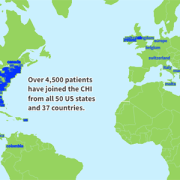
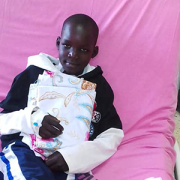
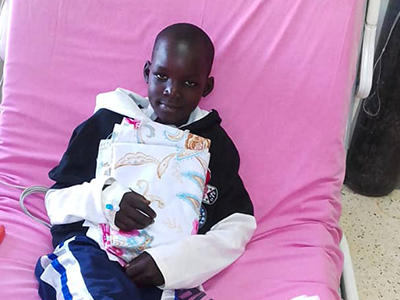





 With school back in session and students, educators and health care workers still recovering from the COVID-19 pandemic, it is critical for the health and education sectors to align efforts and drive innovative programs and policy change efforts to address the needs of children.
With school back in session and students, educators and health care workers still recovering from the COVID-19 pandemic, it is critical for the health and education sectors to align efforts and drive innovative programs and policy change efforts to address the needs of children.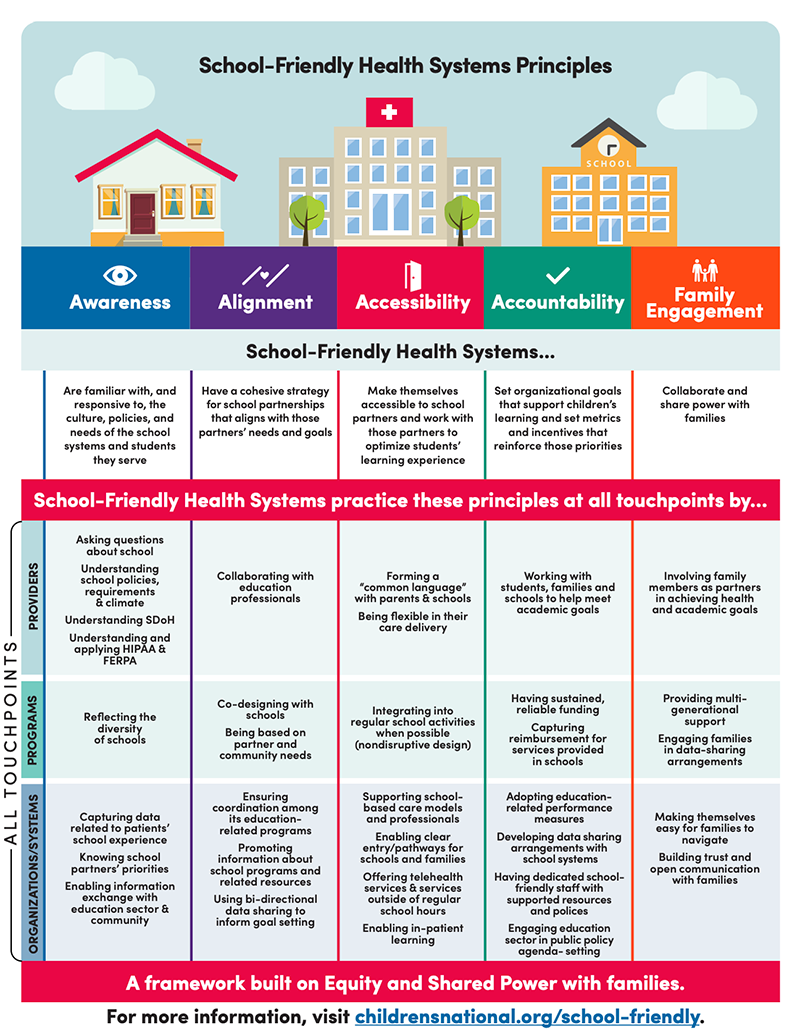
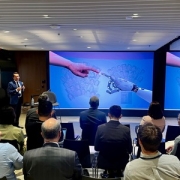
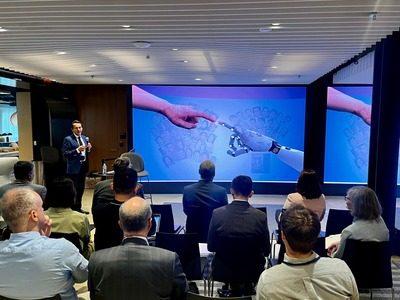 Children’s National Hospital is joining a team of global health researchers to use large language models (LLMs) like ChatGPT to help Kenyan youth learn about their health and adopt lifestyles that may prevent cancer, diabetes and other non-communicable diseases.
Children’s National Hospital is joining a team of global health researchers to use large language models (LLMs) like ChatGPT to help Kenyan youth learn about their health and adopt lifestyles that may prevent cancer, diabetes and other non-communicable diseases.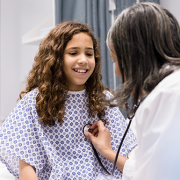


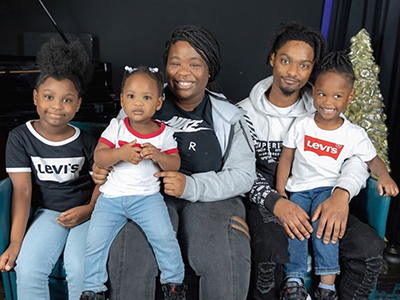
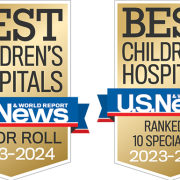
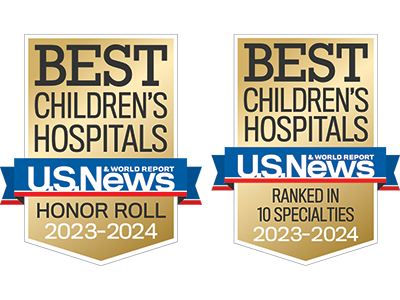 Children’s National Hospital in Washington, D.C., was ranked #5 in the nation on the U.S. News & World Report 2023-24 Best Children’s Hospitals annual rankings. This marks the seventh straight year Children’s National has made the Honor Roll list. The Honor Roll is a distinction awarded to only 10 children’s hospitals nationwide.
Children’s National Hospital in Washington, D.C., was ranked #5 in the nation on the U.S. News & World Report 2023-24 Best Children’s Hospitals annual rankings. This marks the seventh straight year Children’s National has made the Honor Roll list. The Honor Roll is a distinction awarded to only 10 children’s hospitals nationwide.



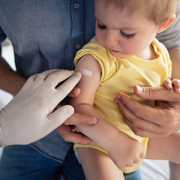

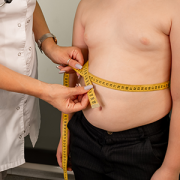


 A new validated self-report tool called the Gender Self-Report provides researchers a way to characterize the gender of research participants beyond their binary designated sex at birth.
A new validated self-report tool called the Gender Self-Report provides researchers a way to characterize the gender of research participants beyond their binary designated sex at birth.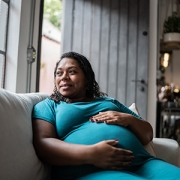


 A clinical trial testing a new drug to increase growth in children with short stature. The first ever high-intensity focused ultrasound procedure on a pediatric patient with neurofibromatosis. A low dose gene therapy vector that restores the ability of injured muscle fibers to repair. These were among the most popular articles we published on Innovation District in 2022. Read on for our full top 10 list.
A clinical trial testing a new drug to increase growth in children with short stature. The first ever high-intensity focused ultrasound procedure on a pediatric patient with neurofibromatosis. A low dose gene therapy vector that restores the ability of injured muscle fibers to repair. These were among the most popular articles we published on Innovation District in 2022. Read on for our full top 10 list.